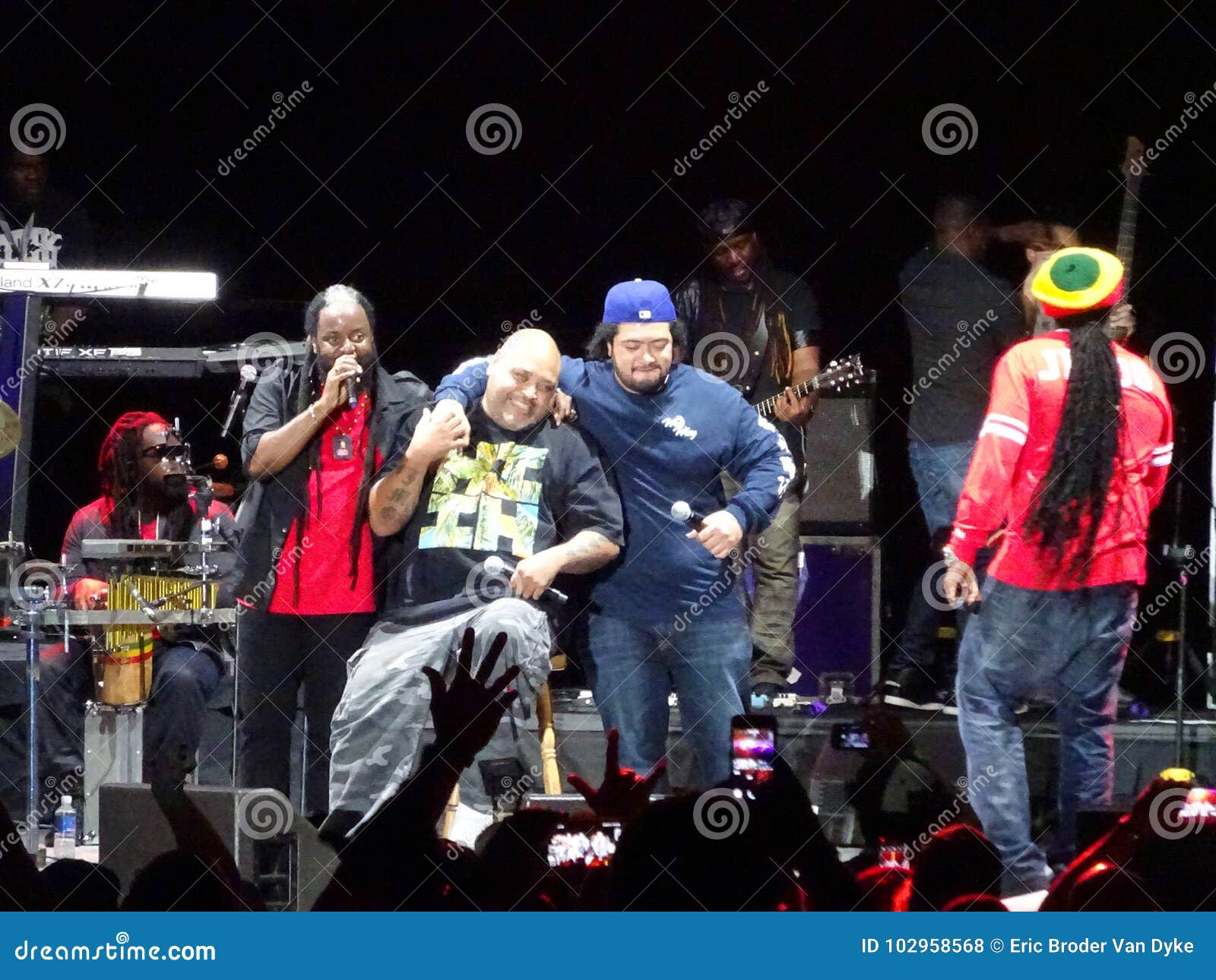
Once the shirt reached stores in the Lower 48, any day laborer could have for just a dollar what before had required an exorbitant trip. Those endorsements, says Dale Hope, a historian and the author of The Aloha Shirt: Spirit of the Islands, had “a huge effect on people purchasing those shirts.” If you could wear what the man unscathed by the Depression was wearing, it didn’t matter that it was feminine: You looked like someone who didn’t need to worry about his masculine bona fides. American heroes from three-time Olympic swimming champion and surfing pioneer Duke Kahanamoku to singer Bing Crosby were lending their names to particular brands. Visitors to Hawaii in the 1930s were invariably wealthy, and before long, aloha shirts were being sold by celebrities whom everyday Americans sought to emulate. One reason men adopted a garment otherwise suited to their sisters’ closet was that rich, famous men wore it. The article is a selection from the May 2020 issue of Smithsonian magazine BuyĮlvis Presley is fashion florid as a gyrating tour guide in 1961's Blue Hawaii, a "South Seas musical hulaballoo"(Variety). Subscribe to Smithsonian magazine now for just $12 By 1940, aloha shirts were bringing in more than $11 million annually (in today’s money). “You’d better get two or three because it’s a cinch your daughter, sister, wife or even mother will want this bright-colored shirt as soon as she sees it,” the Los Angeles Times teased in 1936.

It may seem paradoxical that men embraced a garment with such feminine appeal. Perhaps in response, hyper-manliness came into vogue-the popularity of bodybuilding skyrocketed, Superman burst onto the scene. America at the time was riddled with hardship and anxiety, with many men out of work and many others struggling to hold on to their breadwinner status. The shirts achieved some popularity among tourists to Hawaii and found greater commercial success when they hit the mainland in the mid-1930s. Though its precise origins are lost to history, the aloha shirt first appeared in Hawaii in the 1920s or ’30s, probably when local Japanese women adapted kimono fabric for use in men’s shirting. In 1916, Hawaiian records outsold all other genres, while ukuleles were so ubiquitous in college dorms and upper-crust nightclubs that the New York Tribune ran a full-page illustration of an imagined “Ukulele Square, the Hawaiian Quarter of New York.” During the Great Depression, Americans again cast their eyes toward Hawaii, co-opting another piece of Hawaiian culture: the aloha shirt.

At the height of World War I, with America about to enter the conflict, Hawaiian music was all the rage.

Mainland Americans have long looked to Hawaii to ease their minds. He continues to be managed by NM Music Group, alongside Johnny Suite, Chante, Maile, and Jasmin Nicole.One of designer Ellery Chung's famous King-Smith shirts, featuring a Tahitian print. Then in 2021, Fia joined Mint Talent Group which currently boasts a booking roster of the likes of The Green, Brian McKnight, and Grandmaster Flash.

He has since released Morning Time (Awoia), Games, and Be Better. He looks forward to touring with Kolohe Kai (Nov 2021) and Steel Pulse (Jan 2022) as well as making an appearance at the 2022 Cali Roots Festival.Īlthough independent for a few years, Fia joined Ineffable Music Group in 2019. The soulful artist has also performed at a multitude of festivals and even had the opportunity to perform at an NBA halftime show at the Staples Center in early 2020. His biggest hits include “Love Me,” “Fly Away,” and “Morning Time (Awoia).”įia has toured throughout Hawaii, the West Coast and even headlining internationally in New Zealand, Australia, and the Cook Islands. It wasn’t until an unlikely opportunity pushed him to pursue music in 2018, leaving behind a security job to take over stages throughout Hawaii and beyond. Influenced by the likes of Chris Brown, Al Green, Bruno Mars, and Babyface, the Harbor City native has always had a deep love of music. Fia is one of the biggest breakout artists to come out of Hawaii in recent years.


 0 kommentar(er)
0 kommentar(er)
